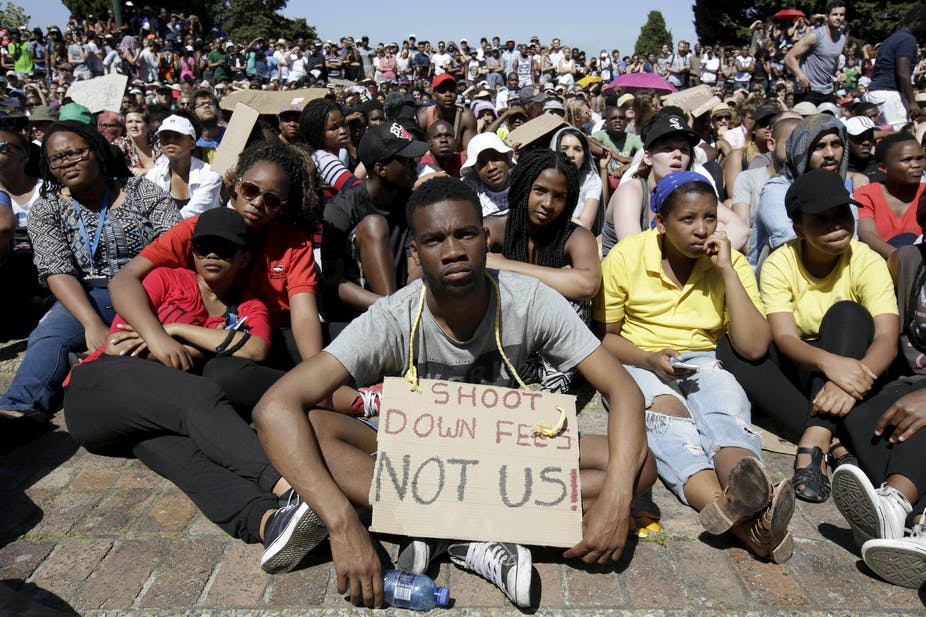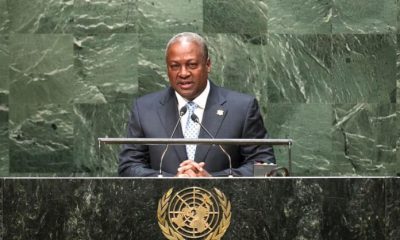Published
4 years agoon
By
Adubianews
The unemployment rate is defined as the percentage of unemployed workers in the total labor force. The unemployment rate includes workers who currently do not work, although they can do so.
The unemployment rate is a lagging indicator, meaning it responds (rises and falls) to changing economic conditions rather than predicts them. When the economy grows at a healthy rate, the job market is plentiful, and the unemployment rate will fall. When the economy is experiencing a recession or turbulent times, the unemployment rate tends to rise due to a lack of jobs.
There are three types of unemployment: frictional, structural, and seasonal. Frictional unemployment refers to temporary unemployment during the period when someone is searching for a job. Structural unemployment is the mismatch between workers’ skills or locations and job requirements. Seasonal unemployment is caused by seasonal changes in a population’s activity, such as tourism or agriculture.
Unemployment has many adverse effects. These include:
In the United States, the Bureau of Labor Statistics uses six different ways to calculate the unemployment rate. The most widely used and cited unemployment statistic is U-3, which defines unemployed people as willing and able to work and who have actively searched for work in the past four weeks. Those who would like to work but are unable, such as those with disabilities, are not considered unemployed. As defined by the U-3 statistic, the number of unemployed people is divided by the number of people in the labor force and multiplied by 100.
According to the Bureau of Labor Statistics, the U.S. unemployment rate was 3.8% before the COVID-19 pandemic (February 2020). By May 2020, the unemployment rate may have been as high as 16%. By September 2020, the unemployment rate decreased to 7.9%.
The International Labor Organization’s World Employment and Social Outlook: Trends 2019 reported that the world’s unemployment rate dropped below 5% in 2018, the lowest since the 2008 financial crisis.
The ten countries with the lowest unemployment rates are:
The International Labor Organization’s report found, however, that many of the 3.3 billion people employed throughout the world are working under poor conditions that do no offer economic security, decent work opportunities, and lack of material well-being. This being said, a low unemployment rate doesn’t necessarily mean more people are living in favorable, sustainable conditions.
Here are the 10 countries with the highest rates of unemployment:


Ecobank Commits $32 Million to Drive Clean Energy Adoption in Ghana


GoldBod Accepts To Transacting Gold With ‘Black Market’ Dollar Rates


I dont mind- Agradaa’s Husband, Angel Asiamah Says, After Wife Is Sentenced To 15 Years Imprisonment With Hard Labour


Ablekuma North Re-run: EC Solemnly swearsThat Only 3 Polling Stations Remained, What Changed? – NPP’s Akua Afriyie Quizzes


Mahama Urges Supreme Court Judges: Breakdown The Law Not Just As It Is, But As It Ought To Be


Spanish Police reveal what caused the accident that killed Liverpool forward Diogo Jota


Lawyers plead to embrace commute to remain Relevant


Asamoah-Boateng Crevice NPP Chairmanship position


Blood for food’: The US soldier-spies sidelining UN aid work in Gaza

























